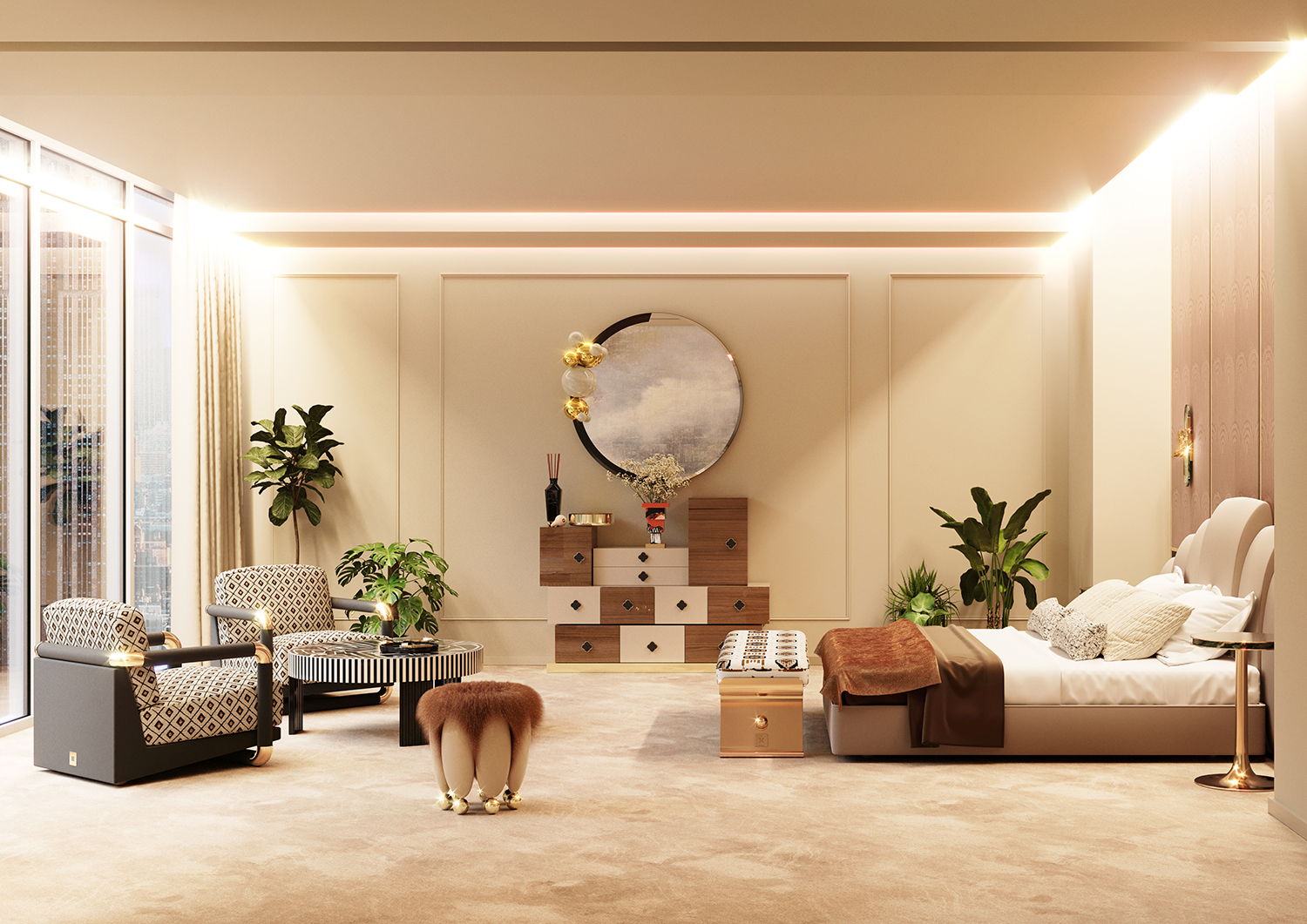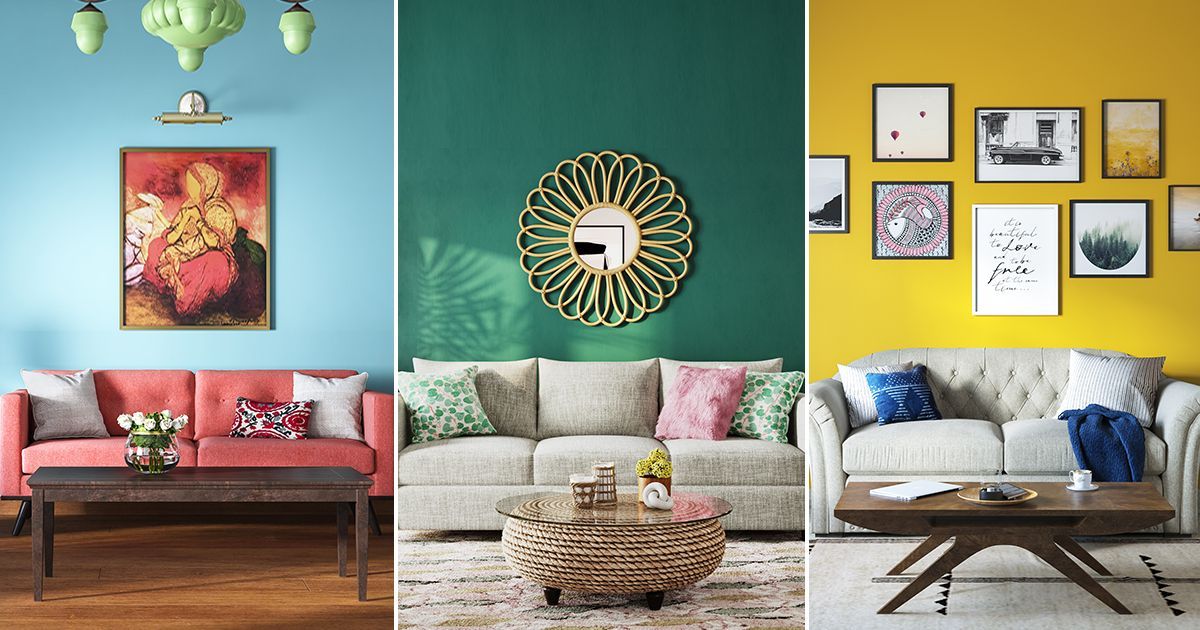Change Your Home With Essential Concepts of Interior Style and Aesthetics
By understanding the effect of shade theory and the significance of appearance and patterns, one can create areas that are not only visually enticing but also deeply personal. Achieving this balance includes even more than plain decor; it includes a tactical arrangement and a keen understanding of how each aspect connects within a space.
Recognizing Color Concept
Color theory is a fundamental element of indoor design that dramatically influences state of mind, assumption, and overall aesthetic. Comprehending the principles of shade theory permits designers to create areas that reverberate emotionally with residents while fulfilling functional demands (luxury interior design). Shades can be classified into three key kinds: primary, secondary, and tertiary. Each classification plays an important role in developing harmony within an area.
The psychological impact of colors is extensive; cozy shades such as reds and oranges stimulate energy and warmth, while cool tones like blues and eco-friendlies promote peace and peace. The usage of corresponding colors improves aesthetic rate of interest, producing striking contrasts that can boost a room's allure.
Neutral colors, on the other hand, function as a versatile backdrop, enabling other style components to beam. It is important to think about aspects such as lighting and the space's purpose when picking a color scheme, as these can modify the perception of shades throughout the day.
Eventually, a well-considered color pattern can change a space, fostering a feeling of comfort and design that straightens with the inhabitants' preferences. Mastery of shade theory is, therefore, a vital skill for any indoor developer intending to develop unified and welcoming atmospheres.
Achieving Equilibrium in Layout
How can developers attain a feeling of balance in their spaces? Achieving equilibrium in style is fundamental to developing unified interiors.
Unbalanced balance, on the other hand, counts on differing aspects that still attain a natural appearance. This technique permits even more dynamic and informal plans, supplying rate of interest while keeping balance. By thoroughly picking differing sizes, shades, and structures, designers can produce a visually engaging room that really feels well balanced yet energetic.
Radial balance stresses a main prime focus with elements emitting outside. This design is generally seen in circular layouts, where furniture and style create a natural border that attracts the eye inward.
Ultimately, accomplishing equilibrium needs thoughtful factor to consider of range, proportion, and the connections in between components. miami luxury interior design. By masterfully using these balance concepts, developers can transform areas right into environments that really feel both aesthetically pleasing and functionally harmonious, improving the total experience for owners
Relevance of Spatial Understanding

A keen feeling of spatial awareness permits designers to identify centerpieces within a space, assisting the visitor's focus to crucial features while maintaining an overall sense of unity. It also aids in the calculated placement of illumination, which can considerably influence the assumption of space and state of mind. Recognizing spatial relationships allows the developer to cater to the particular needs of inhabitants, making certain that each location offers its designated function without compromising aesthetics.
Eventually, spatial awareness is important for optimizing the potential of any indoor area. By thoroughly considering the interplay between dimensions, layout, and feature, designers can develop environments that not only fulfill functional requirements yet additionally stimulate a sense of comfort and elegance, improving the overall living experience.
Including Texture and Patterns
Welcoming a diverse variety of structures and patterns can considerably boost the visual and responsive appeal of an indoor area. The critical use numerous materials-- such as wood, steel, textile, and rock-- develops depth company website and passion, making a room feel a lot more inviting and vibrant. As an example, integrating smooth surfaces with harsh textures can establish an equilibrium that draws the eye and involves the detects.
When including patterns, consider navigate to these guys both range and rep. Large patterns can act as prime focus, while smaller, refined styles can enhance various other aspects without frustrating the space. Layering patterns, such as pairing flower paddings with striped throws, includes intricacy and a sense of harmony if performed thoughtfully.
It is additionally vital to preserve a cohesive color scheme, making certain that appearances and patterns collaborate instead of contend for attention. By picking a few key appearances and patterns, you can produce a merged visual that reflects your individual style while boosting the total ambiance of the area. Inevitably, the mindful incorporation of these components can transform an ordinary space right into a sophisticated setting rich with personality and warmth.
Personalizing Your Area
Creating an area that reflects your individuality is crucial to achieving a genuinely inviting atmosphere. Customization in interior style allows you to infuse your one-of-a-kind style and passions into your home, transforming it from a mere shelter right into a refuge that talks with who you are. Begin by picking a color combination that reverberates with your emotions-- bold shades can energize, while soft tones supply tranquility.
Integrate artwork and style that mirror your passions, whether it be traveling, nature, or abstract principles. Showing personal collections, such as books, photos, or keepsakes, can evoke cherished memories and produce prime focus within an area. In addition, consider tailoring useful items, like upholstered furnishings, to line up with your aesthetic preferences.

Conclusion
To conclude, the improvement of a home through the important concepts of interior decoration and visual appeal necessitates a find more information comprehensive understanding of shade theory, equilibrium, spatial awareness, appearance, and personalization. Each component adds substantially to creating an unified and functional living setting - miami interior design. By thoughtfully incorporating these principles, individuals can boost the visual charm and emotional resonance of their spaces, inevitably fostering a home that shows unique identifications while supplying convenience and practicality